When it comes to salt, there seems to be a lot of conflicting information out there.
Some people say that it is unhealthy, while others claim that it has health benefits.
So what’s the truth? Is salt really bad for you?
Well, it turns out that the answer is a bit complex.
Salt is essential for our bodies to function properly, but too much can lead to health problems like high blood pressure and stroke.
The key is to find the right balance.
Most people think of salt as something that’s bad for their health.
However, it is essential for our bodies to function properly.
There are different types of salt, and some are actually good for us.
In this post, we’ll explore the different types of salt and their health benefits.
What it is, why we need it, and what the risks are.
We all know that we need to eat salt, but why is it so important?
Salt is essential for our bodies to function properly. It helps to regulate our fluid levels, maintains blood pressure, and aids in digestion.
It is also an important electrolyte that helps to keep our muscles and nerves functioning properly.
When we sweat, we lose salt and need to replenish it by eating foods that contain salt.
Salt has gotten a bad rap in recent years, but the truth is that salt is essential for our bodies to function properly.
The problem is eating the wrong kind of salt and too much of it.
Many foods contain high levels of salt, so it’s important to read nutrition labels so that you can be aware of how much salt you’re eating.
Commonly purchased iodized salts, available at super markets or sitting on the table of your favorite restaurant, most likely have synthetic chemicals added to them.
These chemicals include everything from manufactured forms of sodium solo-co-aluminate, iodide, sodium bicarbonate, fluoride, anti-caking agents, toxic amounts of potassium iodide and aluminum derivatives.
The big problem is that not only is most table salt unhealthy, but it can sometimes be toxic.
The natural forms of important iodine are lost when we manufacture salt.
Without this natural iodine, the thyroid is severely harmed, leading to growth and metabolism issues.
Because of this, the chemical-based salt industry began to add synthetic forms of iodine to their products.
Other salts add things such as processed white sugar and toxic MSG (mono-sodium-glutamate).
Table salt causes the blood pressure to rise rapidly because the blood is attempting to move the toxic elements rapidly away from the heart.
This is why doctors will often tell people with high blood pressure to stop intake of salt.
Moreover, excessive table salt causes us to retain waters and other fluids.
Many chronic imbalances such as diabetes, gout and obesity can be worsened or even partially caused by excessive intake of common table salt.
Different types of salt
So what is the healthiest salt?
There are actually several different types, including pink Himalayan salt, Celtic sea salt, black salt and Red salt.
These types of salt contain important minerals like magnesium and calcium that our bodies need.
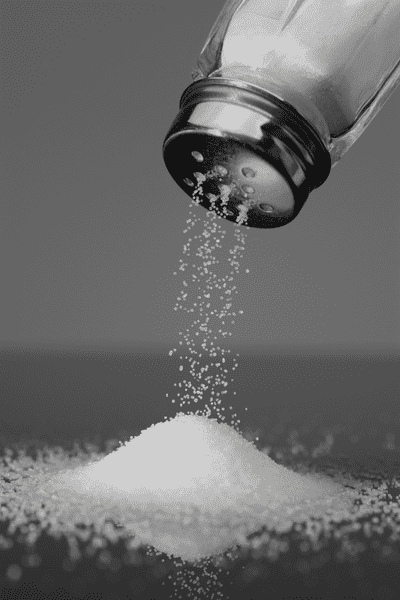
Table salt
This is the most common type of salt. It’s what most people use to season their food.
Table salt is a refined product that has had most of its minerals removed and is heavily processed. As a result, it isn’t as healthy as other types of salt.
This type of salt can often contains additives to slow moisture absorption so it is easy to sprinkle in your salt shaker.
Like I said before, Some experts claim that this highly refined version of salt is responsible for many sodium-related health issues, whereas unrefined salts heal the body instead of harming it.
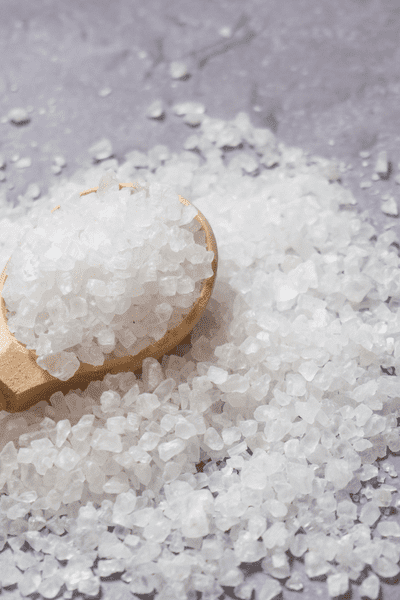
Sea salt
Sea salt is made from evaporated seawater. It is minimally processed and contains many minerals, including magnesium, calcium, and potassium.
These minerals can actually help regulate blood pressure and improve heart health.
While sea salts are a great unrefined choice, unfortunately, ocean pollution has made it harder to keep most sea salt pure.
While this is by no means a reason to give up sea salt, it’s concerning for some people as there have been studies on the presence of microplastics in sea salt.
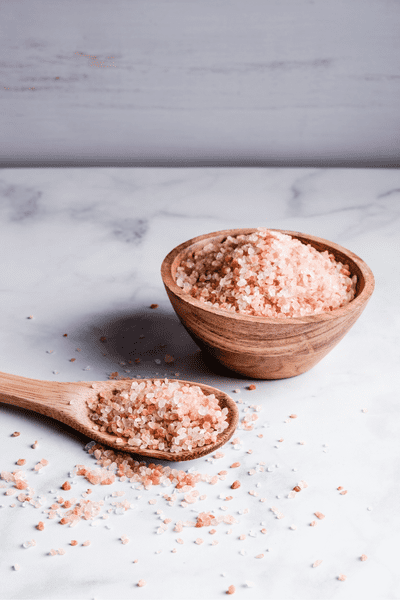
Pink Himalayan Salt
If you’re looking for a healthy salt option, pink Himalayan salt is a great choice.
Pink Himalayan salt is also lower in sodium than regular table salt, so it’s a good option for people who are trying to watch their sodium intake.
This salt comes from ancient seabeds in the Himalayan mountains and it’s pink color comes from it’s rich iron content.
This salt is, in fact, quite rich in minerals, containing all 84 essential trace elements required by your body.
Pink salt can assist in many bodily functions, such as reducing muscle cramps, promoting blood sugar health and promoting healthy pH in your cells.
Many experts recommend pink salt as one of the healthiest salts you can consume and, luckily, it’s popularity has made it more affordable than other more exotic salts on the market.
It also has a slightly sweet flavor that can enhance the taste of your food and can be used in many different recipes.
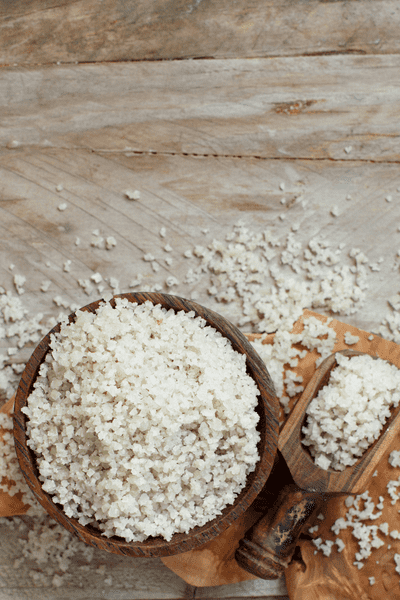
Celtic Sea Salt
Celtic sea salt is another type of healthy salt that is rich in minerals.
This salt is harvested from the coast of Brittany in France and has a distinctive gray color.
Celtic sea salt is lower in sodium than regular salt, which makes it a good choice for people who are trying to reduce their sodium intake.
Grey salt can help to restore electrolyte balance, has alkalizing properties and can prevent muscle cramps, much like pink salt.
However, this salt is a bit more expensive, due to the labor intensive process of hand-raking.
Celtic sea salt can be used in the same way as regular salt.
It can be added to recipes during cooking or used as a finishing touch before serving.
Many people believe that Celtic sea salt has a more intense flavor than regular salt, so you may need to use less of it if you’re not used to the taste.
You can find Celtic sea salt online or at some health food stores
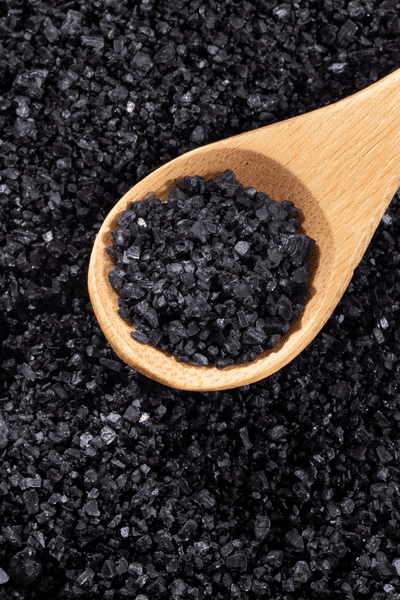
Black Salt
Originating from Hawaii, black lava salt is unrefined and volcanic.
Its black color is due to its content of activated charcoal, which is great for digestion and removing impurities in the body.
The contrast of color can also make dishes more visually interesting.
There is also another black salt, kala namak, which originates from India and is actually pink once it’s ground.
It is highly sulphuric in taste and content. For this reason, it is thought to be a beneficial digestive aid.
It is made from rock salt that has been infused with activated charcoal, which gives it its unique black color.
Black salt has a slightly salty taste with a hint of sulfur, which makes it perfect for adding a savory flavor to dishes.
Black salt can be used in many different Asian recipes, such as curries or stir-fries.
It can also be used as a finishing touch on dishes like grilled chicken or fish. If you’re looking for a healthy salt option, black salt is a great choice.
You can find black salt online or at some Asian grocery stores.
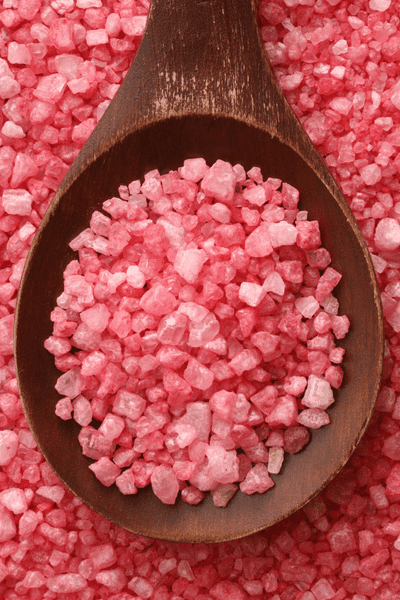
Red Salt
Another Hawaiian salt, red salt gets its color from the volcanic Hawaiian clay called alaea.
As water evaporates, this salt gets trapped in tidal pools, where it mixes with the alaea.
It is estimated to contain the highest concentration of essential trace minerals of any salt and is especially iron rich.
If you have a tendency to be low in iron, this salt may be a good addition to your balanced diet.
Tips and recipes
Now that you know more about salt, it’s time to put what you’ve learned into practice!
Here are some tips for cooking with healthy salt:
– When cooking at home, use pink Himalayan salt or Celtic sea salt instead of regular table salt.
– Add a pinch of healthy salt to your morning smoothie or oatmeal for an extra boost of minerals.
– Use Celtic sea salt as a finishing touch on dishes like roasted vegetables or grilled chicken to add some extra flavor to your dishes.
-To add interest to your cooking try finishing it with a touch of black salt.
Related Articles:
How To Have A Healthy Home (And What Could Be Making It Unhealthy)
The Best Natural Vitamin Brands You Can Trust

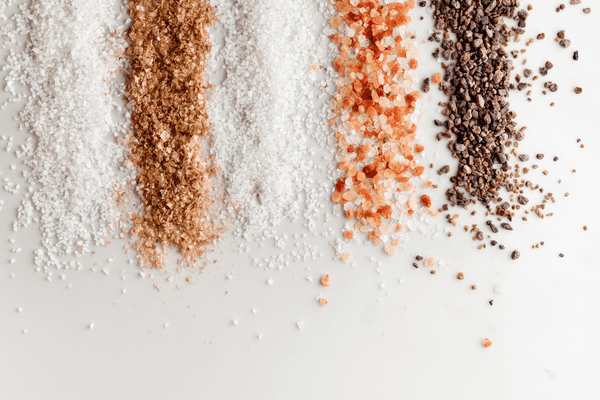
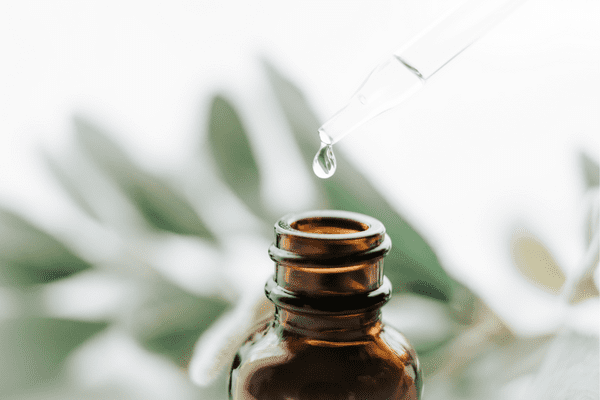
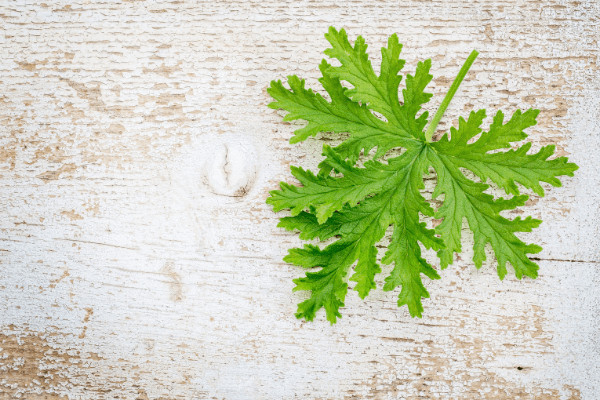
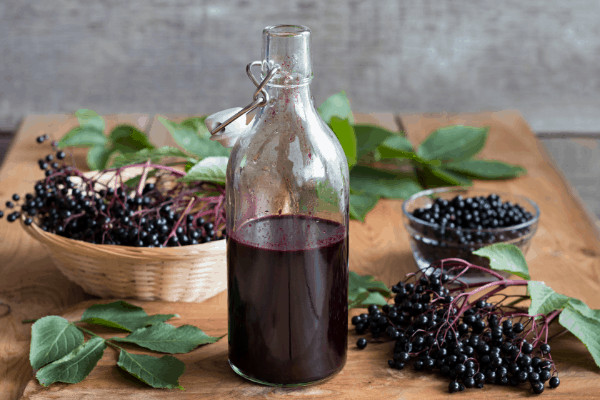
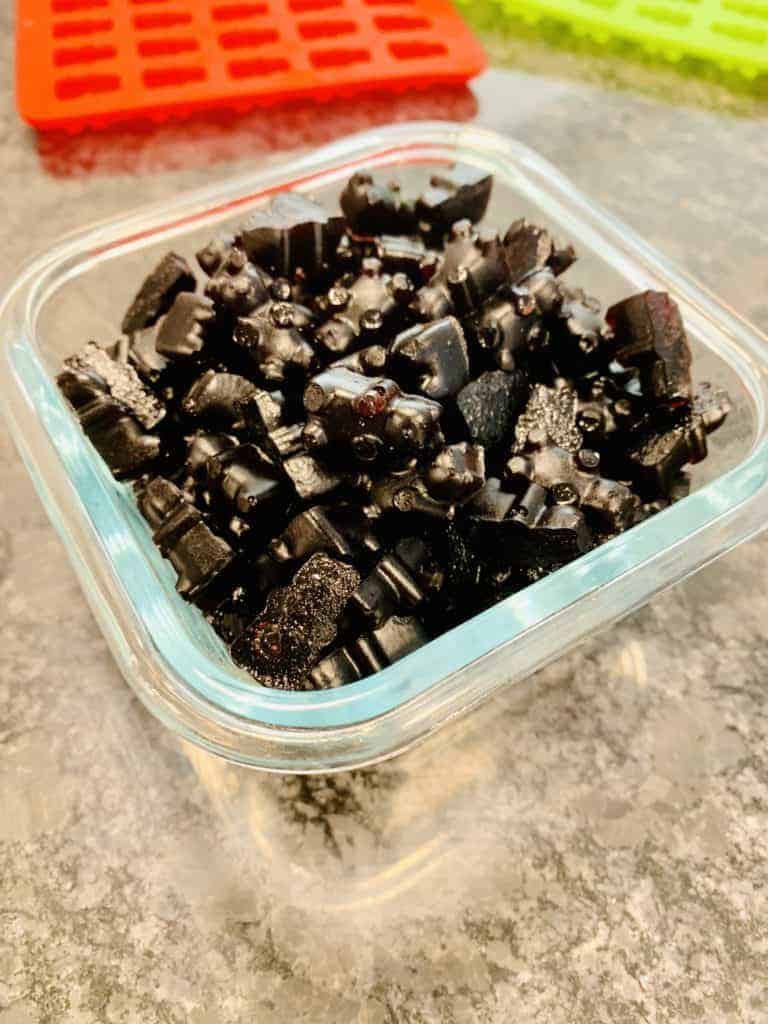
I do use salt, probably more than I should. I am working on not having as much of it. Thank you for the tips!
So many different types of salt. It is good to know that there are safe salts for those with high blood pressure.
You have fabulous information here, very thorough, I like it! After my research into salt, I have settled on Selina Naturally Celtic Sea salt! This company is wonderful, they test there salts, and third-party test for all kinds of toxins, including micro-plastics! I love them, and add a pinch of there salt to all my drinking water for added minerals!
Great post! We don’t use salt often due to HB but when we do, we use a little sea salt
I usually use Kosher salt but now I’m curious to try that pink Himalayan salt.
What a lot of folks don’t know is that there is a ton of salt in processed foods since it’s a preservative. Stop eating processed foods and you will see your salt levels go down. If you are an athlete you need that extra salt you sweat out all the time. Great post on the different types of salts.
This is a great post. I have been using salt free salt for all my cooking needs. I have to keep tabs on how much salt I use. I do agree that you have to have some salt. Many people realize that processed food has a lot of salt in it.
This is an interesting read and I agree with you that it is important that we find the right balance. We actual use pink himalayan at home since they say that’s the healthier option.
Yes, the key is always to find the right balance. I am so curious to try these new types of salt!